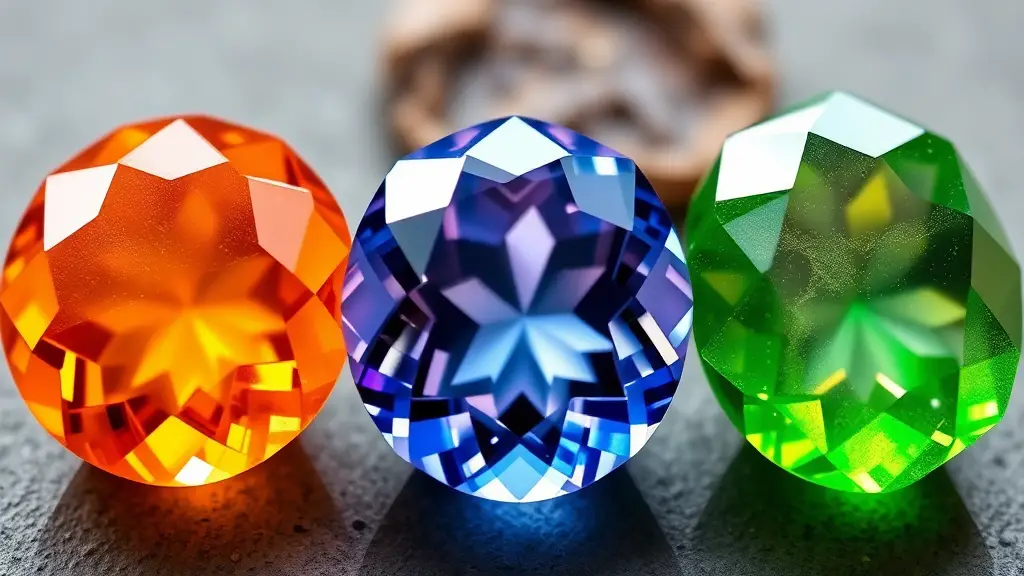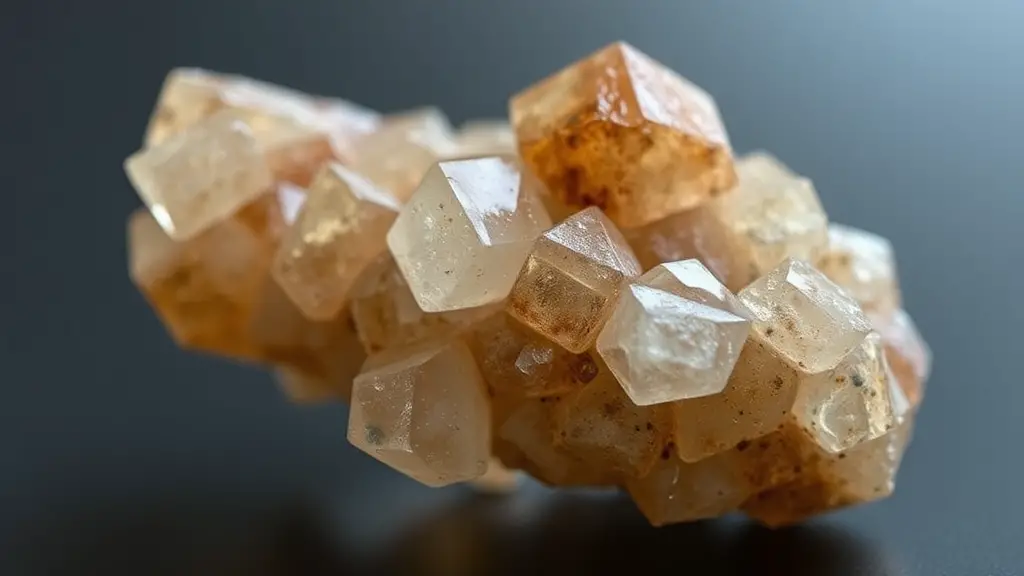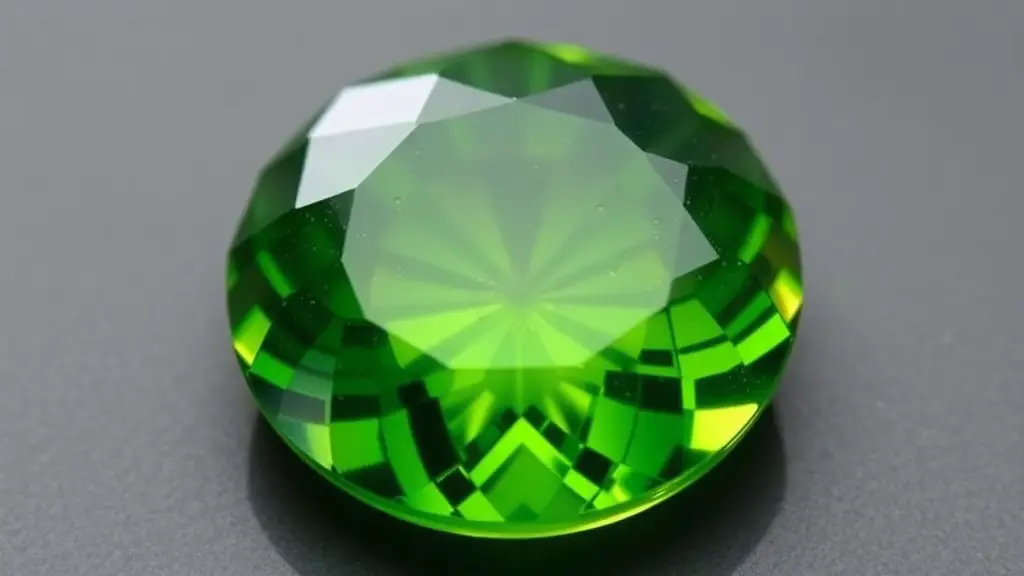An artificial diamond is a stone almost identical in composition to a natural diamond, grown under special laboratory conditions. Artificial diamonds should not be confused with fianite and moissanite. If with the latter two a natural diamond has many differences that allow you to identify a fake using even home tests, in the case of an artificial diamond everything is much more complicated. Let’s try to understand.
Artificial diamonds – what they are and how they are made
The first artificial diamonds were synthesized back in the 50s of the XX century. But it was possible to bring the samples to the size that would be interesting to the jewelry industry only in the 90s. Today there are two main production technologies.
HPHT synthesis
The technology of growing a diamond in small capsules under high pressure (from high-pressure high-temperature). The raw material is diamond powder, which is dissolved in molten metal flux and then crystallized on a seed. The growing process takes anywhere from a couple weeks to several months. Most HPHT diamonds are yellow, orange-yellow or brown-yellow in color. The addition of inhibitors produces clear and blue stones, and the addition of boron produces blue stones.
CVD synthesis
A technique for growing diamonds using a laser inside a vacuum chamber filled with carbon-containing gas (from chemical vapor deposition). The laser destroys the gas molecules, causing carbon atoms to be deposited on the seed plates. The growth rate is several weeks. CVD technology allows multiple specimens to grow simultaneously. Most CVD diamonds are brown or gray in color. Adding nitrogen or boron to the chamber produces yellow, pink-orange or blue stones. To obtain clear specimens, brown CVD diamonds are bleached with HPHT technology.
How to distinguish a natural diamond from a synthetic diamond
Unfortunately for everyday people, it is only possible to determine the naturalness of a stone with the help of special gemological equipment and tests.
Color zoning
The technique is only used for colored diamonds.
Thus, with the help of a microscope, a gemologist can understand what type of stone he has in front of him by the type of color zoning.
Metal and graphite inclusions
Due to the nature of the technology, HPHT diamonds often have hardened metal inclusions, while CVD diamonds often have graphite inclusions. These can only be seen under very high magnification. However, HPHT stones react to a strong magnet: up to 95% of samples of such synthetic diamonds have magnetic properties. Thus, the magnet test allows only HPHT diamonds to be “rejected”. And a detailed examination of samples under a powerful magnifying technique allows to see metal and graphite inclusions, which are highly likely to indicate the synthetic nature of the stone.
Note that natural diamonds may also contain inclusions of graphite, ilmenite, magnetite, garnet, malacolite and others. But, as a rule, these inclusions have a typical “feather” appearance – an experienced gemologist can immediately identify their natural origin.
Color interference (deformation)
This test is based on placing a diamond between two polarizing filters at an angle of 90 degrees to each other. A natural stone will exhibit a cross-hatching or mosaic pattern of color interference, which is caused by the effects of uneven pressure on the crystal during growth. Synthetic stones grown at constant pressure values do not show a pattern of color deformation.
Fluorescence
The fluorescence of synthetic diamonds has a characteristic pattern. For HPHT stones it is cross-shaped, while for CVD stones it has a characteristic striped pattern. Under a UV lamp, HPHT synthetics are more often green, yellow-green or yellow in color, while CVDs are mostly orange or red. Natural diamonds, on the other hand, glow blue.
Figure 1. CVD diamond on the left, HPHT diamond in the center, and natural diamond on the right.
A special DiamondView unit allows to detect crystal growth patterns by fluorescence visualization. Based on the picture, it becomes clear which sample is in front of the gemologist – HPHT, CVD or natural stone. Unfortunately, the cost of the unit is so high that they are not found in domestic laboratories.
Figure 2. Cross patterns of HPHT diamonds when viewed on DiamondView.
Phosphorescence
After turning off the UV lamp, natural stones “go out”, while synthetics (especially HPHT) can glow for more than a minute.
To summarize, we can say that to accurately determine the origin of a diamond you need special expensive equipment: refractometers, ultraviolet gemological lamps, polariscope and microscopes. They are not available in all laboratories. Therefore, in order not to guess what kind of stone you have purchased, it is better to make purchases only in trusted places.



